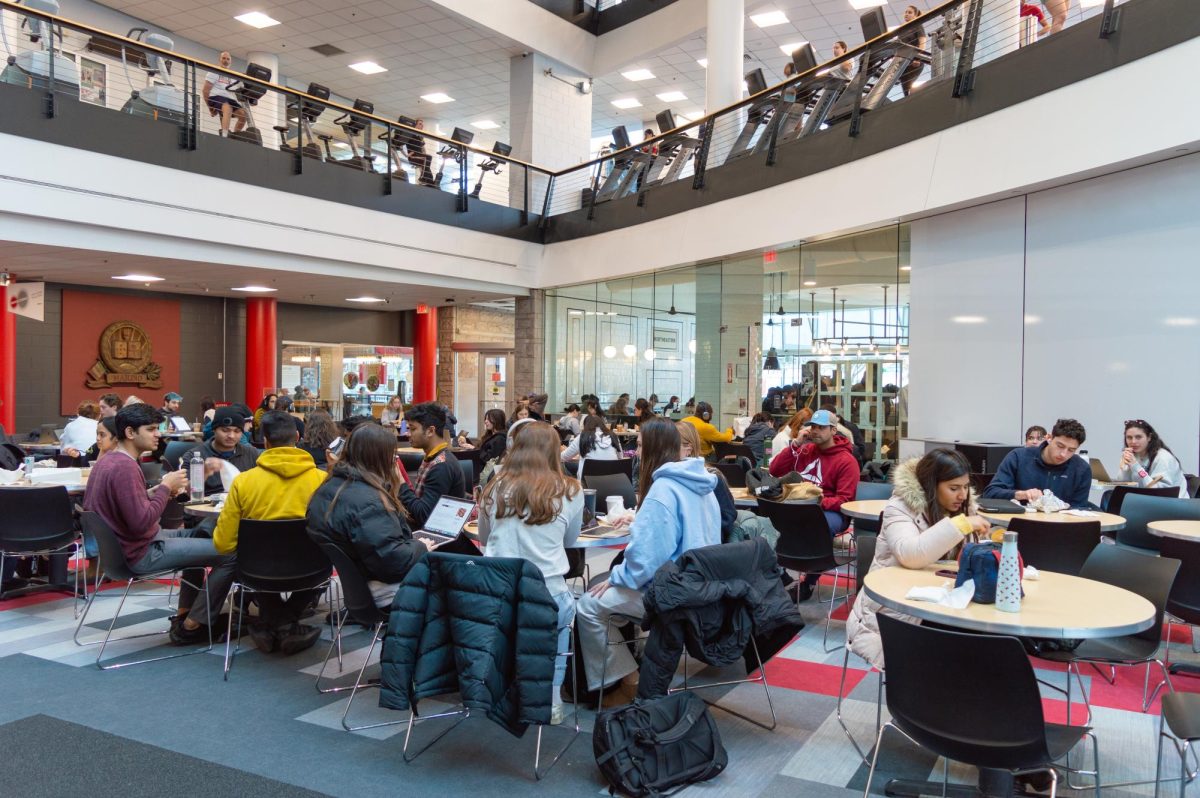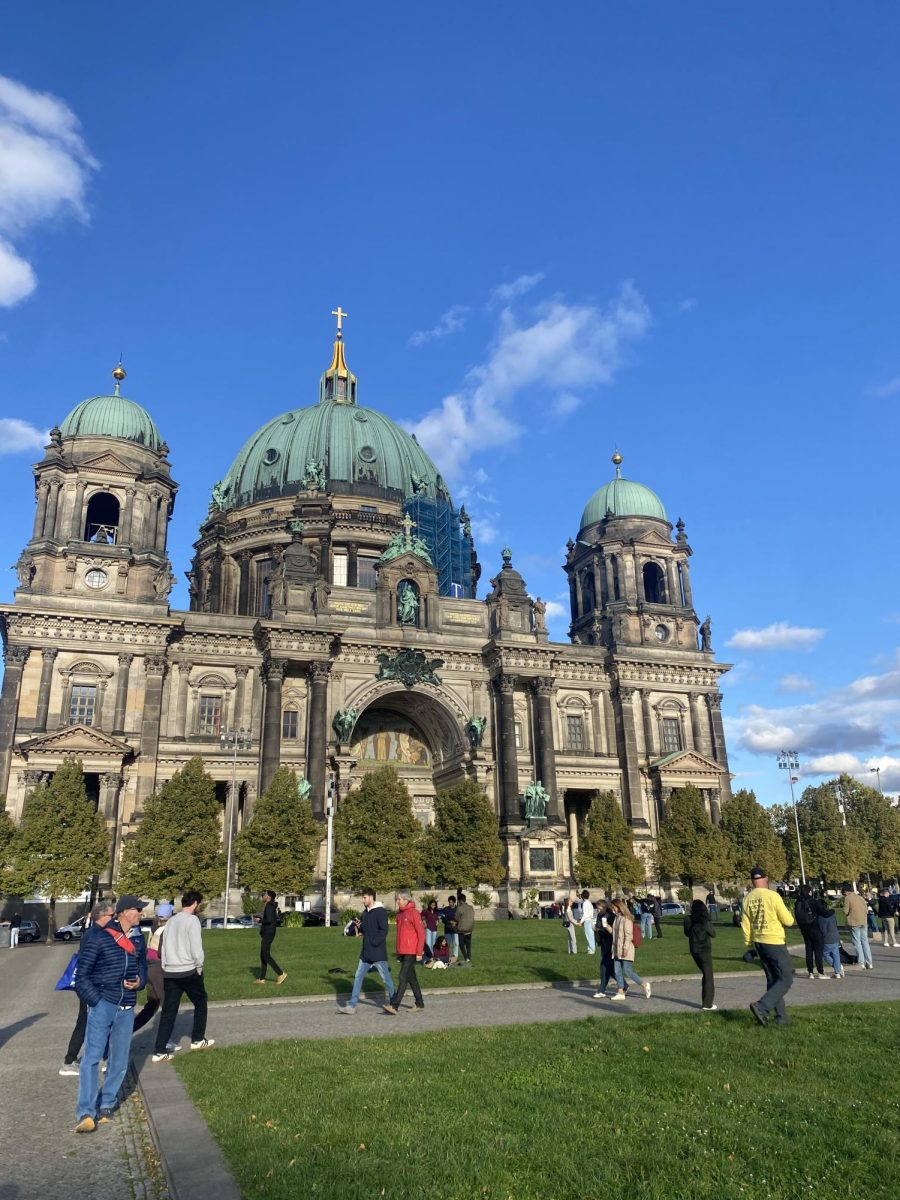
As I walked through the streets of Amman, Jordan for the first time, my eyes drowned in images of the unfamiliar. Women wearing the traditional niqab, a black cloth that covers the woman completely from head to toe, leaving only their eyes exposed, strolled down the street. Then walking right behind them, in a jarring contrast, would be a woman dressed in skinny jeans and a white tank top.
Although I saw many women dressed conservatively in the full niqab or liberally dressed in tank tops and jeans, many women didn’t fall onto either side of the spectrum, but rather remained somewhere in the middle. This middle ground consisted of a scarf called a hijab used to cover the woman’s hair, while the rest of the outfit resembled a typical “western” outfit.
Muslim women in Jordan usually begin to wear the hijab when they reach puberty. The Quran states that women should only show their hands and their faces and leave their beauty only for their loved ones to see. This may seem like a pretty serious undertaking, but what’s interesting is wearing the hijab is a choice – some women choose to wear their hijab in life as they mature and become more in touch with their religion. Women wear their hijabs with their heads held high–there is no shame involved in wearing the scarf because it is a part of them. It shows their respect for themselves and their religion.
While I was living in Amman, I asked my Jordanian teacher and my host mother why they chose to wear the hijab. They both said the hijab was to protect a part of their body that is sacred. They said they didn’t see it as oppressive or bothersome, but rather a part of their life and spirituality. Both of these women were strong and independent and proud to wear their hijab, like so many of the amazing women I met in Amman.
Hijabs come in many different colors and patterns. They are sold in what seems like every mall, market and women’s clothing store across the country. Because there are so many colors and styles of hijabs, they can be used as a form of self-expression. There are hijabs with gold embroidery and hijabs with large, loud patterns.
Makeup is also an important accessory to the everyday outfit. Since women’s faces are their most visible feature, many spend a good amount of time decorating them with lipstick, blush and mascara.
While many women wear more westernized attire along with the hijab, their clothes will typically cover their skin. This means Jordanian women wear long dresses, skirts and sleeves in public, no matter how hot it is outside. They walk through the sweltering heat with ease as their heels – yes, heels the most popular accessory – click against the sidewalk pavement. Many Jordanian women, even those who wear the full niqab, have closets full of colorful designer heels because they are another of the few ways the women can express themselves candidly.
Through the overwhelming heat, I pushed through and tried to blend in by doing the same. I wore long dresses, long-sleeved shirts and cardigans to respect the culture and not draw attention to myself. It may have been a lot to put up with in the high temperatures of the Middle East, but to me, it was the best way to be respectful in a culture with different standards than the ones of my own.
– Ally Siegel is a middler journalism major.








